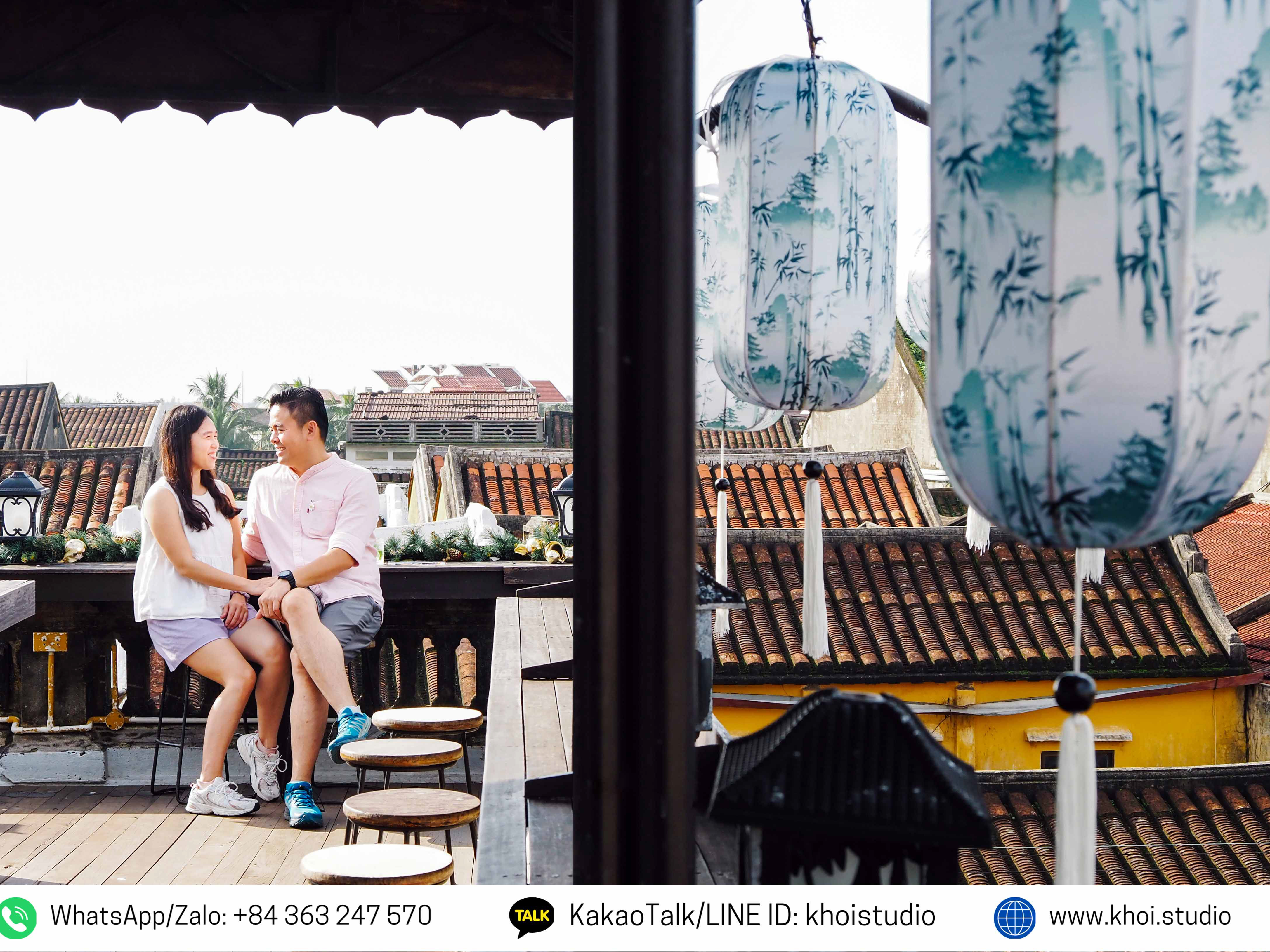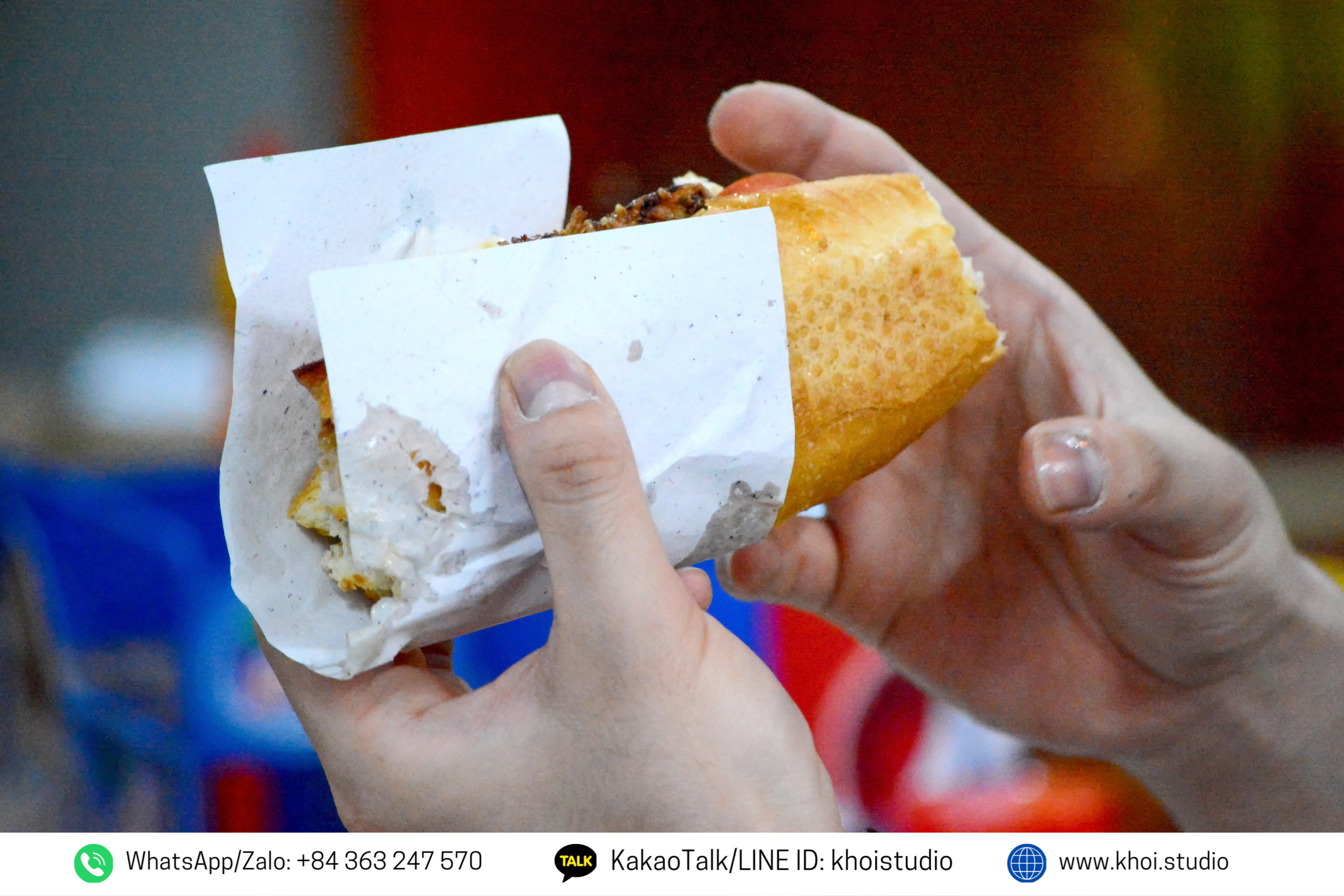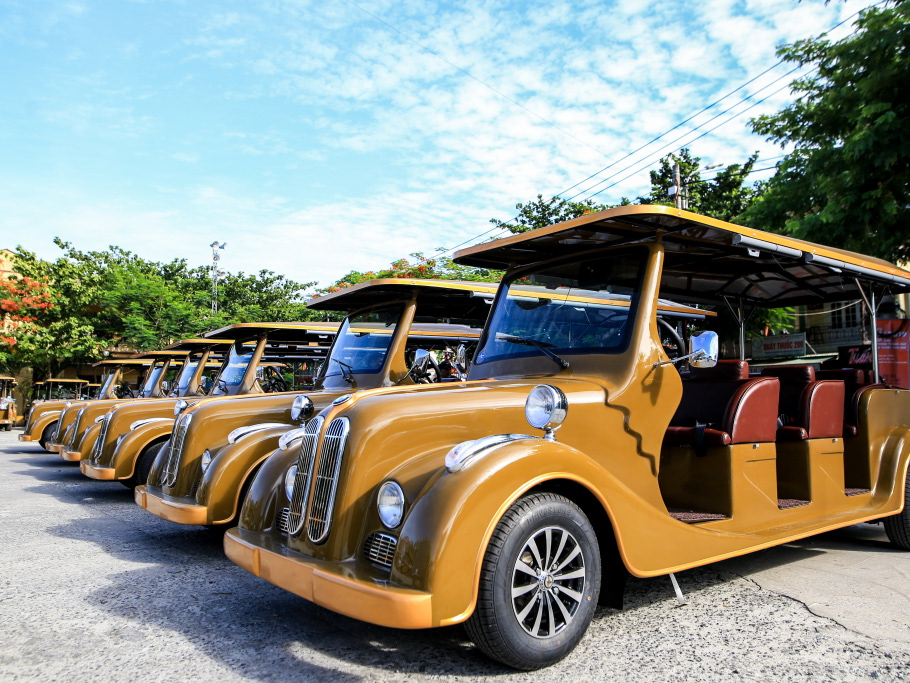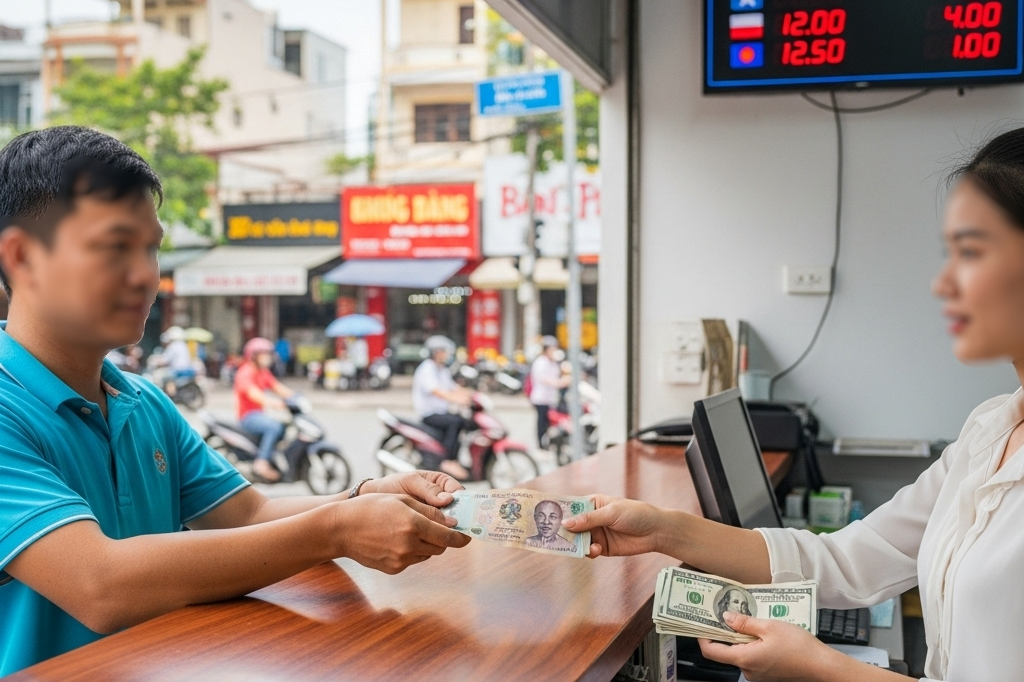Image: Khoi Studio
1. Flights (International & Domestic):
Book in Advance: The earlier you book, the better your chances of securing cheaper fares, especially during peak seasons.
Be Flexible with Dates: Use flight comparison websites (like Google Flights, Skyscanner, Kayak, Cheapflights) and explore their "flexible dates" or "cheapest month" features. Flying during the shoulder seasons (spring and autumn) can often be cheaper than peak summer or holidays.
Consider Budget Airlines: For domestic flights within Vietnam (e.g., from Hanoi or Ho Chi Minh City to Da Nang), look into local budget carriers like Vietjet Air and Bamboo Airways, in addition to Vietnam Airlines.
Fly into Da Nang (DAD): Da Nang International Airport is the closest airport to Hoi An, so flying directly there will save you time and additional transfer costs compared to flying into a more distant city.
Check for Sales and Promotions: Sign up for airline newsletters and follow their social media accounts to catch flash sales.
2. Getting Between Da Nang and Hoi An (The Cheapest Options):
Public Bus (Route #1): This is by far the most economical option.
Cost: Around 30,000 - 35,000 VND (approximately $1.20 - $1.50 USD).
Where to Catch: In Da Nang, you'll need to go to the Da Nang Central Bus Station (BX Trung Tam). In Hoi An, the bus stops at Hoi An Bus Station. You can use Google Maps or the "BusMap" app to find the nearest stops.
Frequency: Buses typically run every 30 minutes from around 5:30 AM to 5:50 PM.
Travel Time: 1.5 to 2 hours, as it makes stops.
Tip: Have small denominations of Vietnamese Dong ready for the fare. Be aware that sometimes bus conductors might try to overcharge tourists, so knowing the approximate price beforehand is helpful.
Shared Shuttle/Minivan: Slightly more expensive than the public bus, but still very economical and more convenient, especially if coming from the airport. Many companies (like Hoi An Express) offer shared shuttles for around $5-$8 USD. They often pick up from Da Nang Airport.
Motorbike Rental (if comfortable): If you're an experienced and confident rider, renting a motorbike can be very cheap for daily travel and exploring the area.
Cost: Around 100,000 VND (approx. $4 USD) per day. Gasoline is extra (very cheap).
Pros: Flexibility, freedom to explore the Hai Van Pass (if going north), Marble Mountains, and countryside at your own pace.
Cons: Requires experience, international driving permit (recommended), and helmet usage is mandatory. Traffic can be chaotic.
Bicycle: For getting around Hoi An specifically, bicycles are often free from your accommodation or can be rented for a very low cost (around 50,000 VND or $2 USD per day). Hoi An's Ancient Town is pedestrian-friendly and best explored by foot or bike.
3. Accommodation (Budget-Friendly Stays):
Hostels: Both Da Nang and Hoi An have an excellent selection of hostels offering dorm beds for as little as $5-$10 USD per night. Many also have private rooms that are still very affordable. Look for hostels with good reviews for cleanliness and atmosphere.
Guesthouses/Homestays: These are often family-run and provide a more local experience at a great price (typically $15-$30 USD for a private room). They might also offer free bicycles.
Budget Hotels: You can find clean, comfortable budget hotels in both cities for $20-$40 USD per night, especially outside the absolute prime tourist areas.
Location:
Hoi An: Staying slightly outside the Ancient Town can offer lower prices, and you can easily walk or bike into the main area. Many places closer to An Bang Beach are also good value.
Da Nang: Look for hotels a bit further from My Khe Beach or in the city center away from the main tourist strip for better deals.
Book in Advance (especially during peak season): Popular budget options fill up quickly. Use booking platforms like Booking.com, Agoda, and Hostelworld to compare prices and read reviews.
4. Food (Eating Economically):
Street Food & Local Eateries: This is where you'll save the most and experience authentic Vietnamese cuisine. Look for places packed with locals – that's usually a good sign!
Hoi An Specialties: Don't miss Cao Lau, Mi Quang, White Rose dumplings, and Banh Mi from local stalls. You can get a delicious Banh Mi for $1-$2 USD.
Da Nang: Explore local markets like Han Market or Con Market for cheap and tasty street food.
Avoid Tourist Traps: Restaurants directly in the Ancient Town of Hoi An or along the main tourist streets in Da Nang tend to be more expensive. Venture a block or two away.
Cook (if possible): If your accommodation has a kitchen, buying fresh ingredients from local markets and cooking a few meals can significantly reduce costs.
Drink Local Beer: "Bia Hoi" (fresh beer) is incredibly cheap (often less than $1 USD per glass) at local establishments. Bottled local beers are also inexpensive.
Coffee: Enjoy Vietnamese coffee. A robust cup of iced coffee can be found for less than $1.50 USD.
5. Activities & Sightseeing (Free & Low Cost):
Hoi An:
Wander the Ancient Town: Simply walking around and soaking in the atmosphere, admiring the architecture, and crossing the Japanese Covered Bridge (the exterior is free to view, to cross the bridge into the temple requires an entrance ticket to the Ancient Town which covers several attractions) is free.
Lanterns at Night: Watching the lanterns light up the Thu Bon River is a magical and free experience.
Hoi An Central Market: A vibrant place to explore, interact with locals, and sample cheap food.
Beaches: Cua Dai Beach and An Bang Beach are free to access (you might pay a small fee for a chair or umbrella).
Cycling the Countryside: Rent a bicycle and explore the rice paddies and villages surrounding Hoi An. Many hotels offer free bikes.
Free Art Galleries/Museums: Some smaller galleries or museums might have free entry.
Da Nang:
My Khe Beach: Relax on one of Vietnam's most beautiful beaches.
Dragon Bridge: Watch the Dragon Bridge fire and water show (weekends at 9 PM).
Han River Bridge: See the bridge rotate (usually midnight on weekends).
Son Tra Peninsula (Monkey Mountain): Rent a scooter or take a Grab/taxi to explore the winding roads, visit Linh Ung Pagoda with its towering Lady Buddha statue (free entry).
Marble Mountains: There's a small entrance fee to enter ($1.73 USD), but exploring the caves and pagodas within is worth it.
Han Market & Con Market: Great for local experience and cheap food.
Da Nang Cathedral (Pink Church): Free to visit the exterior.
6. Other Money-Saving Tips:
Bargain (Respectfully): In markets and for souvenirs, bargaining is common. Do so with a smile and good humor.
Use Local SIM Card: Get a local SIM card (e.g., Viettel, Mobifone) for cheap data and calls, which helps with navigation (Google Maps, Grab app) and communication.
Cash is King: While cards are accepted in many places, having small denominations of VND cash is essential for street food, local shops, and buses.
Refill Water Bottles: Carry a reusable water bottle and refill it at your accommodation or cafes that offer filtered water to reduce plastic waste and save money.
Walk Everywhere Possible: Especially in Hoi An, walking is the best way to explore and costs nothing.
Travel During Off-Peak Season: Prices for flights and accommodation are generally lower during the rainy season (roughly September to February), though you might encounter some rain.
By combining these strategies, you can definitely have a fantastic and economical trip to Da Nang and Hoi An!










